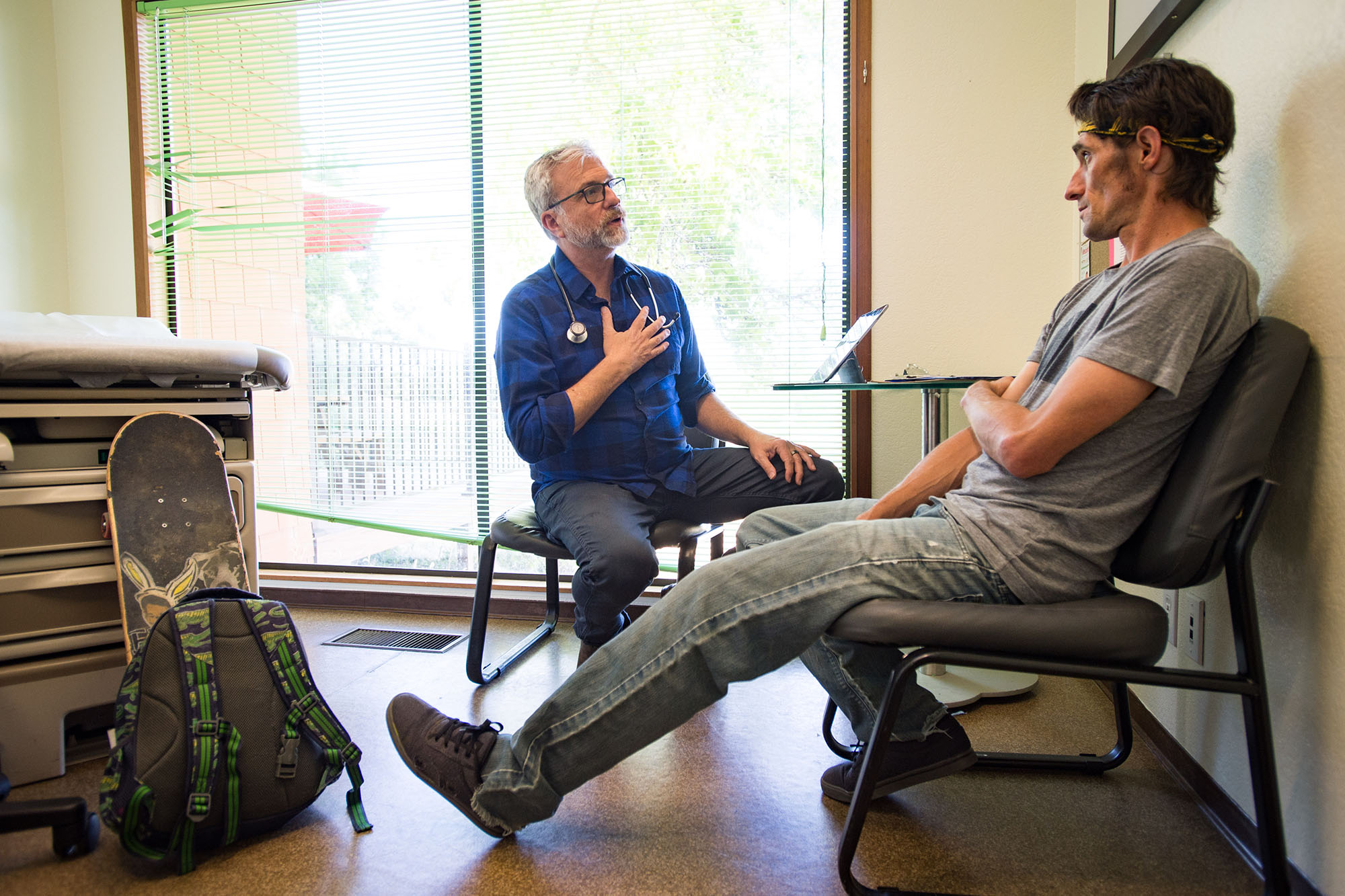View the Report
Jump to All Downloads & LinksCalifornia and the United States face shortages of qualified clinicians to provide prenatal, labor, and postpartum care, as well as women’s health services.1 There has been no growth in the number of obstetricians nationwide since 1980 despite increases in the number of women of childbearing age and the number of births. 2To ensure that women’s health care needs are met, national organizations recommend that the midwifery workforce increase and that midwives work within a system of care that fosters collaboration among licensed, independent providers. 3
What Is Midwifery?
Historically, midwifery has been a profession that focuses on care for mothers and infants during prenatal, labor, and postpartum periods. The word “midwife” means “with woman,” and the midwife model of care is, fundamentally, woman-centered. Midwifery recognizes pregnancy and childbearing as normal physiological processes and seeks to deliver care that empowers women to assume responsibility for their health and their families’ health. Increasingly, midwifery practice — especially that of nurse-midwives — has expanded its focus to include primary care and sexual and reproductive health.
Practice Requirements
Across the United States, midwives practice subject to each state’s licensing and regulatory environments. In California, midwives may practice either as nurse midwives (NMs) or licensed midwives (LMs). These are officially two distinct professions with different education requirements, certifying organizations, enabling statues, regulatory bodies, licensing policies, and often different practice environments. Consequently, the two professions’ respective scopes of practice differ as well. In 2019 there were 386 LMs licensed in California (PDF), and in October 2019 there were 753 NMs in California. California Board of Registered Nursing, Nurse-Midwife License list, October 2019.4 As seen in Table 1, the number of births in California attended by LMs and NMs between 2007 and 2017 rose, while the number attended by doctors of medicine declined. In 2017, LMs attended 0.6% of births, with 21% of these occurring in freestanding birth centers and 74% occurring in residences; in that year, NMs attended 10.5% of births in California, with more than 97% occurring in hospitals (Table 2).
Role of Midwives Around the World
Midwives are common providers for prenatal care and birth in many countries, including most European countries, Canada, and Australia. 5It has been reported that 50% to 75% of births are attended by midwives in other developed countries. 6Midwifery has been described as a healing or holistic model of care in comparison with the medical model of care that physicians practice. Direct comparisons between midwives and physicians can be challenging because the philosophies of these models of care are different. Nevertheless, a large body of research (discussed in this paper) finds that midwife care results in comparable or improved health outcomes for low- and moderate-risk mothers and infants compared with physician care. Additionally, the literature suggests that midwives help improve access to care for underserved communities and can help achieve health care expenditure savings. The research also finds that restrictions on midwives’ scope of practice may limit their supply and, consequently, the utilization of midwives.
This paper provides information on the different professional licensures, regulatory schemes, and scopes of practice for midwives in California and briefly reviews how midwifery regulations differ across other states. Additionally, the paper summarizes recent research on how these laws impact health care access, quality, productivity, and costs.
About This Series
This paper is one of a series that examines the scope of practice of selected California health professions. The series looks at professions discussed by the California Future Health Workforce Commission and its subcommittees and workgroups during spring and summer of 2018. Each brief begins by describing the profession, including its legally permissible scope of work, and educational requirements. The brief then outlines how California’s permissible scope of practice compares with that of other states and provides a summary of research studies on the impact of the profession’s scope of practice on access to care, care quality, and costs. Finally, it summarizes demographic characteristics, practice settings, and geographic distribution.
Authors & Contributors
Connie Kwong
Connie is a research analyst at the Philip R. Lee Institute for Health Policy Studies at the University of California, San Francisco (UCSF).
Margot Brooks
Margot was a law student at UC Hastings at the time this was written.
Kim Q. Dau
Kim is an associate clinical professor at the UCSF School of Nursing and director of the Nurse-Midwife/Women’s Health Nurse Practitioner program at UCSF.
Joanne Spetz
Joanne is a professor at the Philip R. Lee Institute for Health Policy Studies and associate director for research at Healthforce Center at UCSF.
Notes
- Michael Ollove, “A Shortage in the Nation’s Maternal Health Care,” Stateline, August 15, 2016; American College of Obstetricians and Gynecologists (ACOG), 2014 ACOG Workforce Fact Sheet: California; Doximity 2018 OB-GYN Workforce Study: Looming Physician Shortages; A Growing Women’s Health Crisis (PDF), June 2018. ↩︎
- American College of Obstetricians and Gynecologists, 2014 ACOG Workforce Fact Sheet. ↩︎
- American College of Nurse Midwives and American College of Obstetricians and Gynecologists, College Statement of Policy as Issued by the College Executive Board, February 2011; revised and reaffirmed April 2018. ↩︎
- California Board of Registered Nursing, Nurse-Midwife License list, October 2019. ↩︎
- D. Shaw et al., “Drivers of Maternity Care in High-Income Countries: Can Health Systems Support Woman-Centered Care?” Lancet 388 (2016): 2282–2295. ↩︎
- J. A. Martin et al., “Births: Final Data for 2017,” National Vital Statistics Reports 67, no. 8 (2018): 1–50; S. Goodman, “Piercing the Veil: The Marginalization of Midwives in the United States,” Social Science & Medicine 65, no. 3 (2007): 610–621. ↩︎





